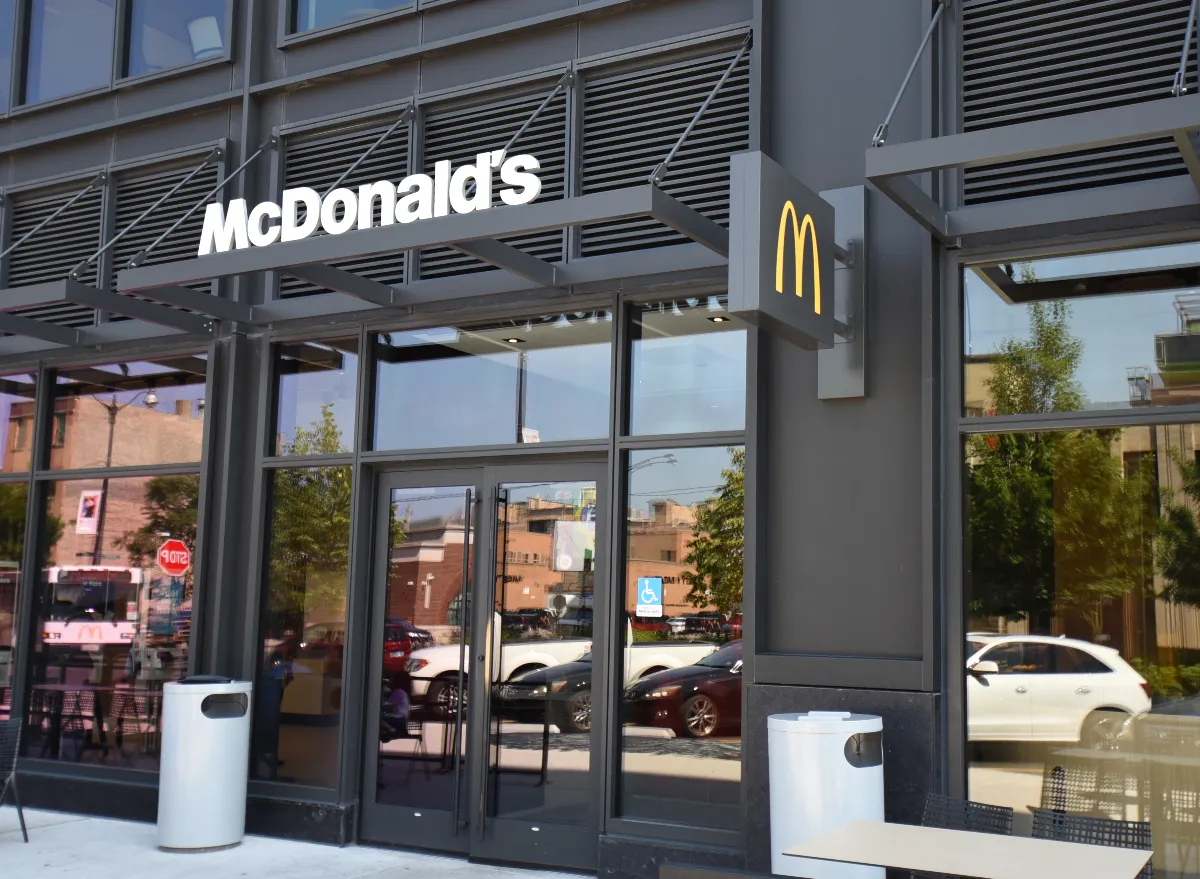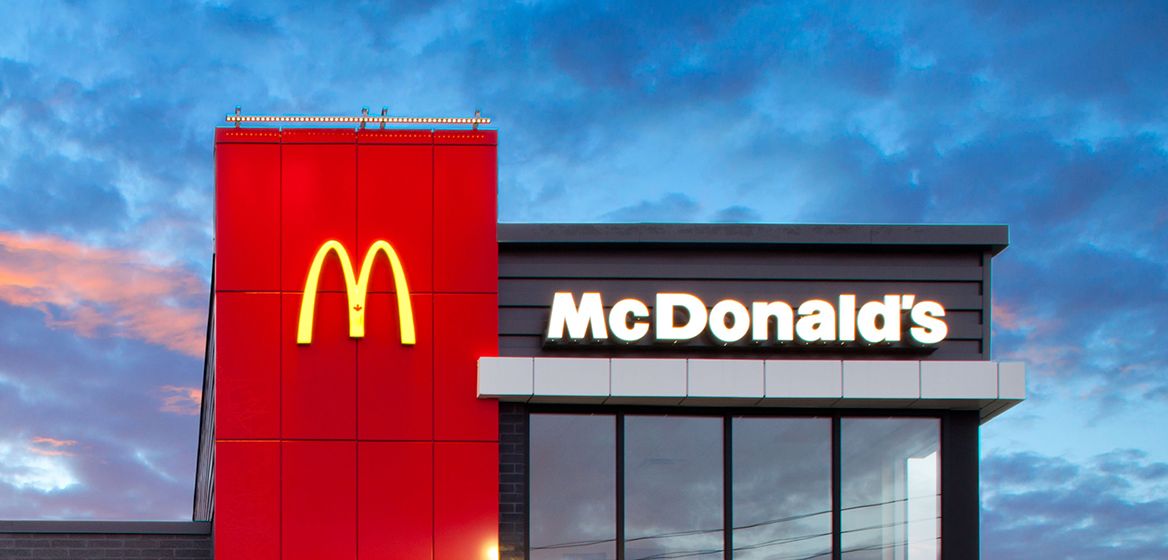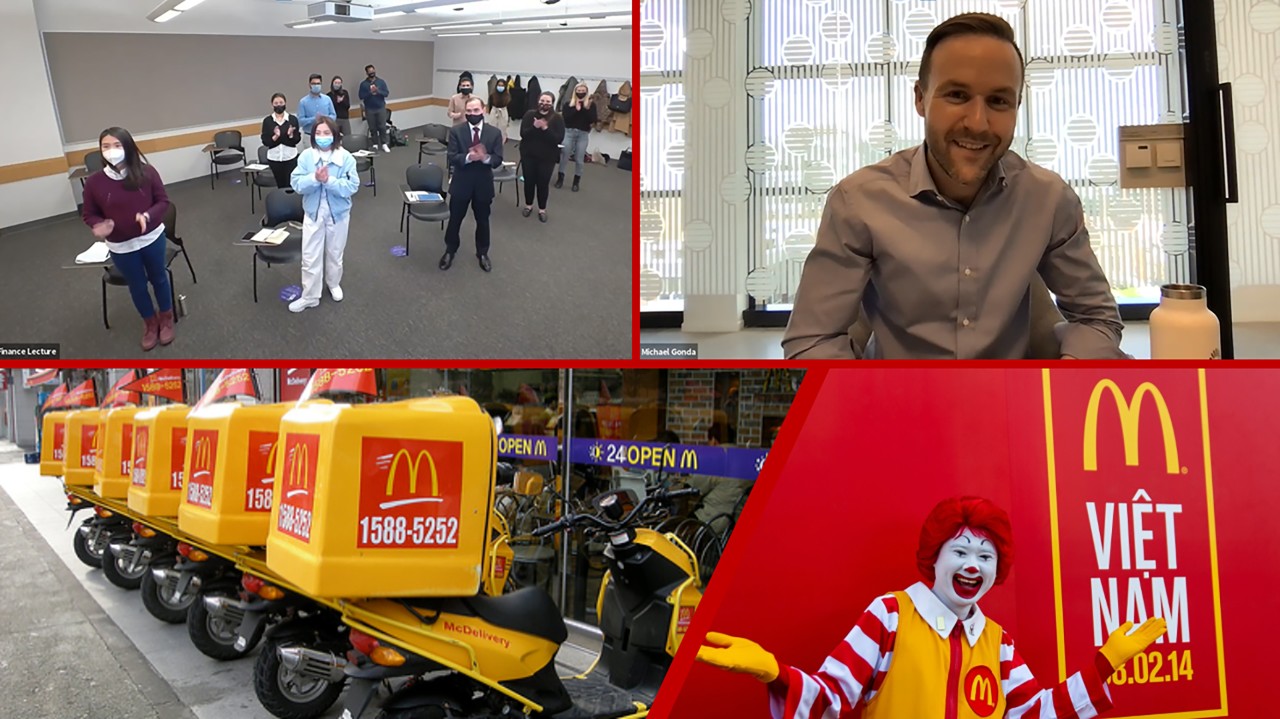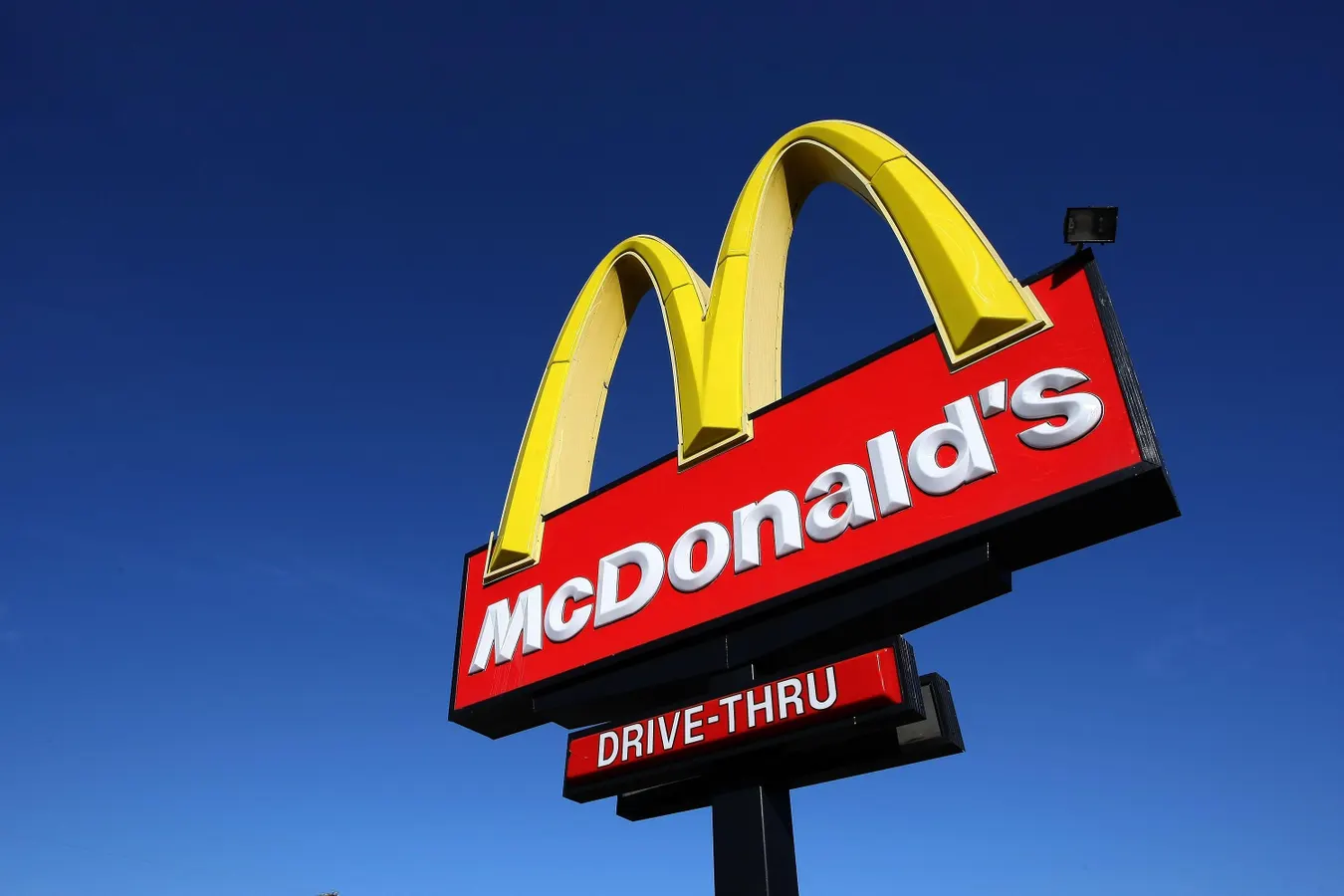In an intriguing development in the fast-food industry, Joe Erlinger, the President of McDonald’s USA, recently penned an open letter addressing the concerns surrounding the pricing of Big Macs at various locations. This rare step into the limelight by a corporate leader was intended to clarify the misconceptions about exorbitant pricing at certain franchise locations, particularly a staggering $18 Big Mac at a Connecticut outlet.
Erlinger’s attempt to engage directly with customers is a textbook example of transparency, but does this strategy always yield the desired fruits?

McDonald’s: The Curious Case of the $18 Big Mac
The heart of Erlinger’s message revolves around the disparities in Big Mac prices across the United States. While the average Big Mac cost $5.29, up from $4.39 in 2019, Erlinger highlighted an extreme case where a Big Mac was sold for $18.
His expression of frustration and worry over this outlier reflects a broader concern about potential customer alienation due to perceived price gouging. Erlinger insists, “It frustrates and worries me, and many of our franchisees when I hear about an $18 Big Mac meal being sold—even if it was at one location in the U.S. out of more than 13,700.”

The Strategy of Transparency and Its Risks
The decision to openly discuss internal pricing challenges is a bold move, aiming to preserve consumer trust in the brand. Erlinger’s transparency about inflation and the consequential rise in prices was intended to temper public reaction and restore rational discourse. He remarked, “More worrying, though, is when people believe that this is the rule and not the exception.”
However, this approach might not be entirely beneficial. Discussing price hikes so candidly puts the spotlight back on the issue, potentially exacerbating consumer concerns rather than alleviating them. As the narrative of high prices gets more attention, it could inadvertently deter potential customers who only hear about the extreme cases.

Consumer Perception and Corporate Response
The key takeaway from Erlinger’s letter is that while consumers are aware of rising prices universally due to inflation, pointing out such increases in a high-profile manner may reinforce negative perceptions. Despite his good intentions, Erlinger’s open letter could highlight the price issue more than mitigate it.
In a consumer-driven market, perception often trumps reality, and in this instance, the reality of a singularly priced $18 Big Mac might fuel broader assumptions about overall pricing strategies at McDonald’s.
A Lesson in Corporate Communication
Erlinger’s candid approach brings to light a critical dilemma in corporate communication: when to speak out and when to focus on action. His conclusion that “actions are always better than words” seems to reflect a late realization that perhaps some discussions are better left for internal strategy meetings rather than public forums.
McDonald’s plan to introduce new programs and offerings might be the right step in shifting focus from price discussions to value perception.

Looking Forward
The situation encapsulates a fundamental challenge in corporate governance—balancing transparency with strategic communication. For companies like McDonald’s, engaging with customers over sensitive issues like pricing requires a nuanced approach that considers both immediate reactions and long-term brand perception.
While Erlinger’s letter was a testament to McDonald’s commitment to transparency, it also serves as a cautionary tale on the complexities of open communication in a hyper-connected world.










